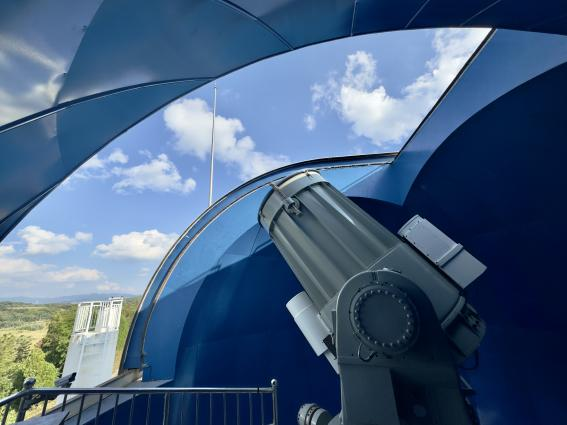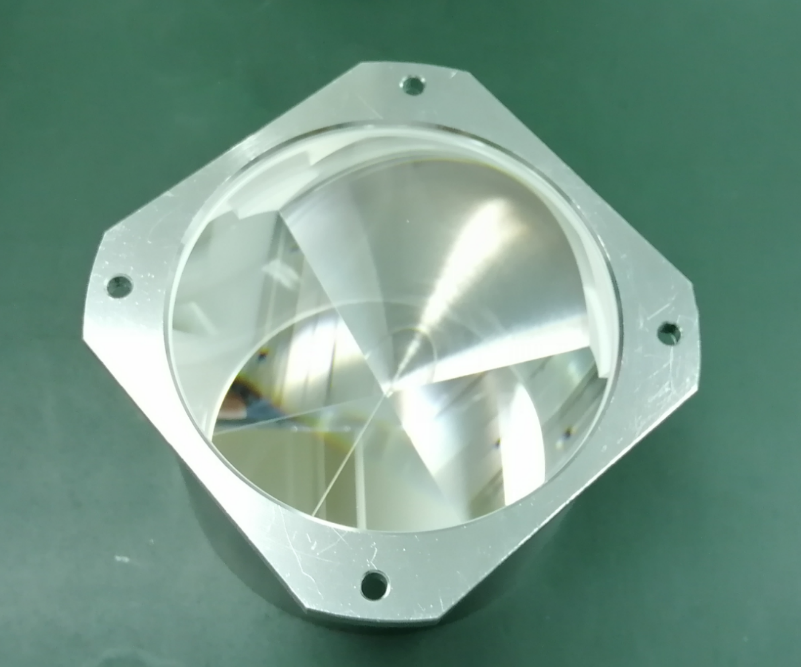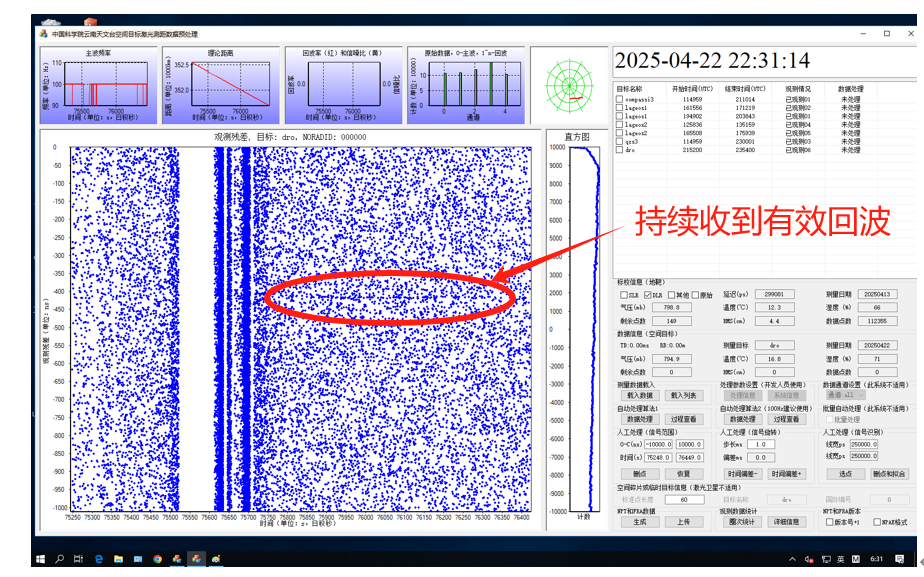China achieves first lunar-distance laser measurement


China has successfully conducted its first satellite laser ranging at Earth-Moon distance, marking a milestone in its deep-space exploration capabilities, the Chinese Academy of Sciences announced on Wednesday.
The academy's "Earth-Moon DRO Exploration" flagship project achieved precise laser measurement of the DRO-A satellite, located about 350,000 kilometers away, using a pioneering single-corner-cube reflector and a ground-based 1.2-meter aperture telescope system.

The breakthrough positions China among a handful of nations mastering high-precision lunar-distance ranging, which experts say is critical for future lunar missions and deep-space navigation.
"This success lays the foundation for centimeter-level accuracy in lunar and deep-space measurements," said Zhang Wei, chief engineer of the project at the CAS Space Application Center.
The satellite's onboard reflector, developed by the Shanghai Astronomical Observatory, overcame challenges such as microradian-level angular control and thermal stability under extreme conditions. Meanwhile, the Yunnan Astronomical Observatory optimized its ground system with ultra-weak signal detection and precision adjustments to the telescope to capture faint laser echoes.

Jointly executed by the Innovation Academy for Microsatellites and other CAS institutes, the experiment demonstrates China's growing prowess in space technology. Future plans include expanding ground station participation and refining reflector designs to strengthen China's leadership in Earth-Moon exploration.
- Why learning China studies is a required course now?
- What can the world learn from China?
- Rocket successfully delivers satellite into orbit
- Global Sinologists gather in Shanghai for China studies conference
- Intl Biopharma Industry Week Shanghai 2025 kicks off
- British scholar: The West can never understand China if it insists on making China the same as the West





































